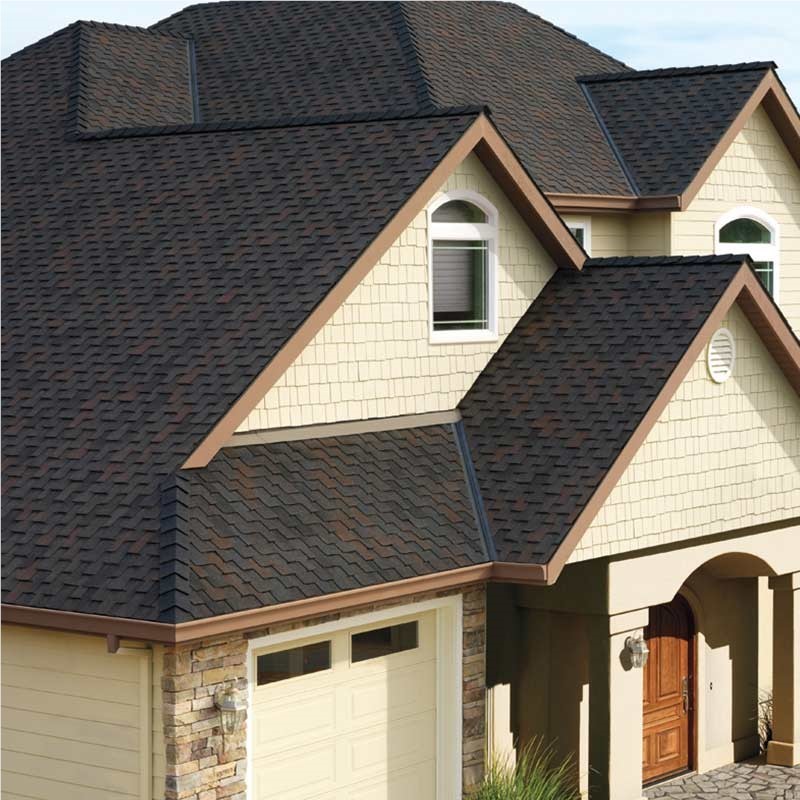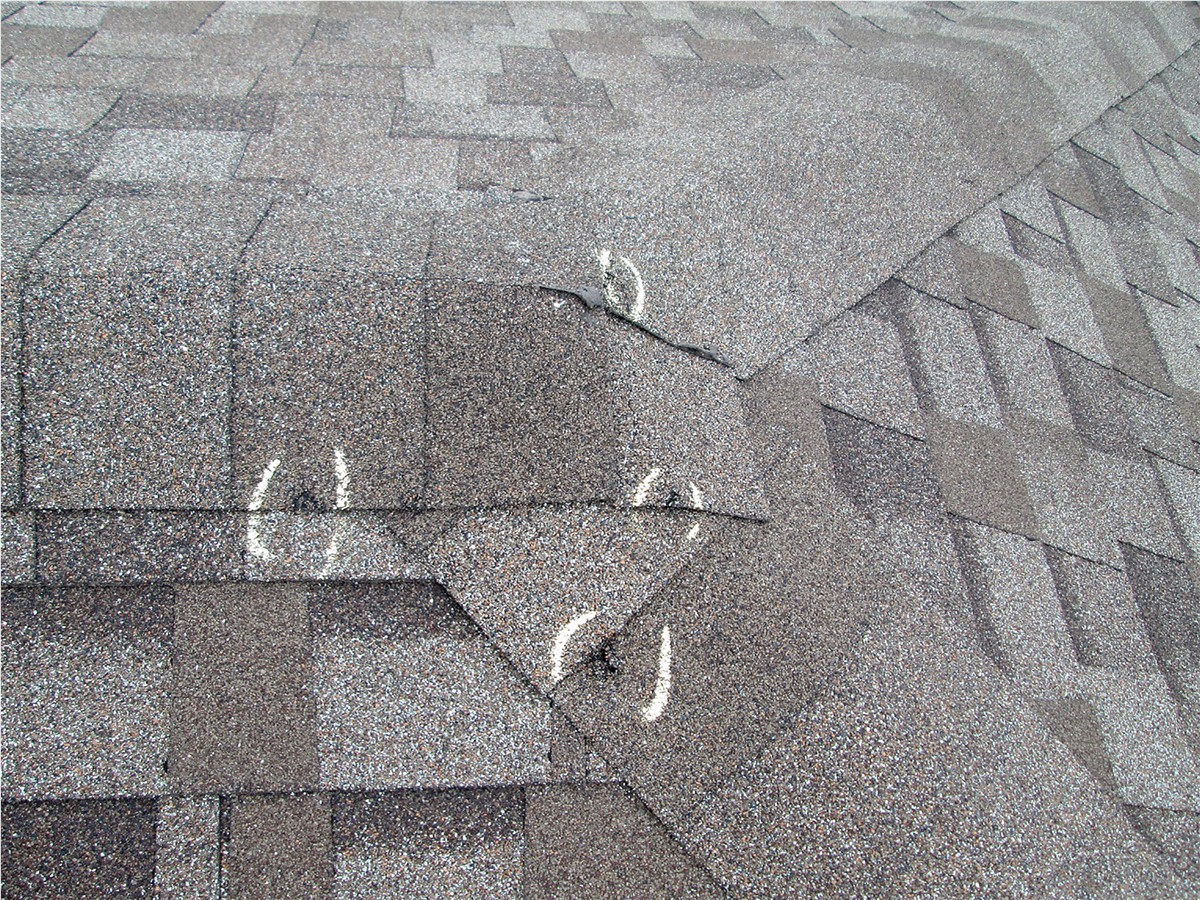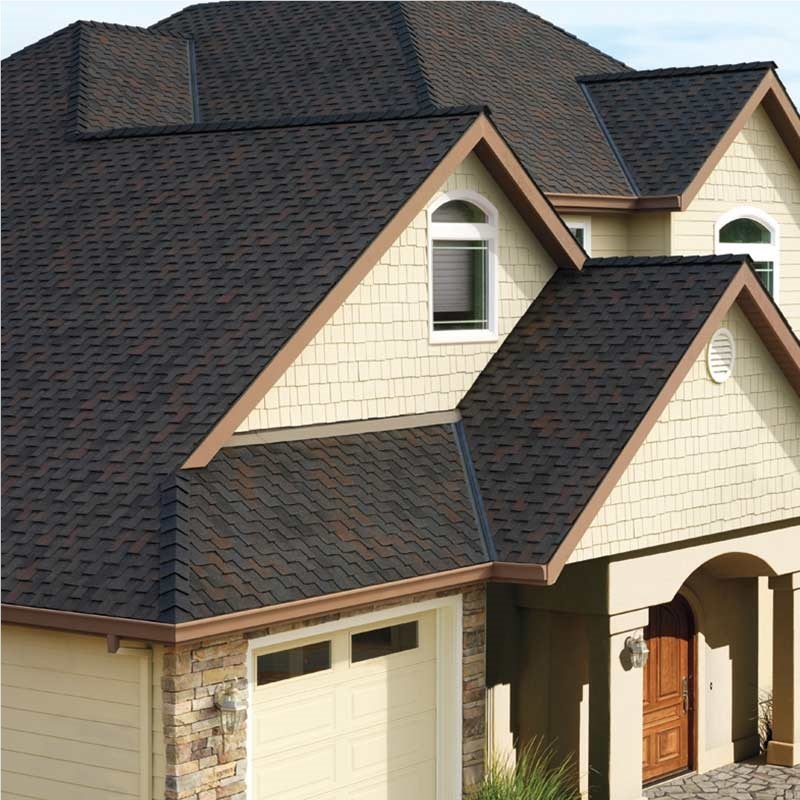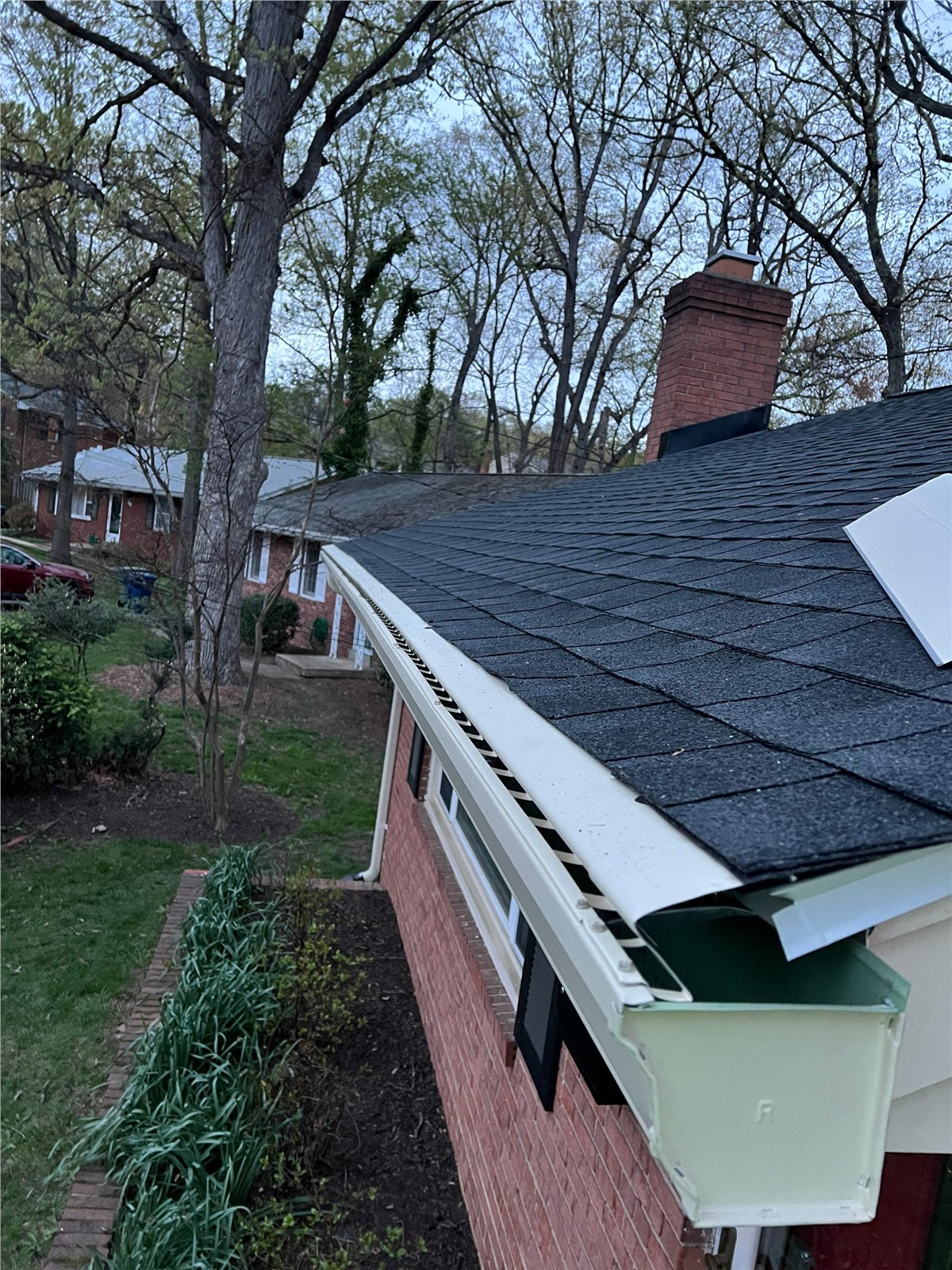
In Maryland, NOVA, and Richmond, ice dams are not something to ignore. When ice builds up in the gutters around your home, you'll notice the creation of icicles. While beautiful, the expanding and contracting of freezing water around your roof's edge and in your gutters can be quite damaging, causing the need to call for roof repairs.
To avoid this unnecessary damage, here are some tips from roofing professionals at Shanco that you can use to prevent ice dams from starting in the first place. Ice dam prevention is a long-term event. There are short-term band-aids but if an ice dam forms once, it will form again unless the proper actions are taken.
What is an Ice Dam?
If you had to create a formula for ice dam formation, it would be
a warm attic + melting snow + cooler edges of the roof + ice accumulation = ice dam.
When your attic is too warm, it can melt snow on the roof of your home. In this situation, the edges of your roof (aka the eaves), may be cooler and can cause the melted snow to freeze. It will start to turn to ice and fill the gutters. The more snow that melts, the larger the dam becomes.
Ice expands and it can force its way under the shingles which can create a roof leak. The leak may appear in the ceiling or on an exterior wall.
What Not to do if You Have an Ice Dam
Removing ice dams isn’t a pretty job. It’s dangerous and can often cause more damage to your roof than you originally had. Do not do the following if you have an ice dam:
Do not try to chisel out the ice. You may damage your gutters and your roof in the process.
Do not pour ice melt or calcium chloride directly on your roof. You may damage the grass and flowers in your yard.
Do not climb on your roof to inspect the ice dam. Ice is slippery and roofs can be high and steep. That is not a safe combination.
Three Definitive Ways to Prevent an Ice Dam
1. Insulate the Attic
A common way ice dams form is when the attic insulation is inadequate. As heat in your home rises, it eventually ends up in the attic. If your attic isn't properly insulated, the heat will melt the layer of snow right up against the roof. As the meltwater runs down to your gutter, it re-freezes.
To prevent it, you need to make sure that the roof does not have a chance to get hot, so the snow does not melt and re-freeze on the way down. To prevent ice dams, the underside of the roof deck should not go above 30 degrees.
Insulation can help with this. Insulating the attic will help keep the hot air inside the home, rather than allowing it to exit through the attic and into the roof deck. The proper amount of insulation in your attic, the less of a problem with ice dams you will find.
2. Seal the Gaps Around your Roof
Any gaps between the house and the attic can allow additional heated air to escape the home and enter the attic. An air leak into the attic will add warmth to the attic space. Find gaps in areas like:
Edges around sealed can lights
Flashing around chimneys
Edges and joints of ductwork
Areas where pipes or cables penetrate the attic
Seal all these gaps to help prevent ice dams.
3. Ventilate Your Roof
Finally, no matter how well insulated or sealed the attic is, some warm air from the home is going to enter, and it needs a place to go. Keep this from contributing to ice dams by ventilating the attic properly. Ventilation ensures that cold air is introduced to the attic space while heated air has a place to escape. This will help keep the roof deck cool and prevent the occurrence of ice dams and the need for roof repair in the spring. Remember, that, in many roof systems, cool air enters the eave vents and exits out of the ridge vent.
Ice Dam Temporary Fixes
Ice dams have distinct causes, and those causes need to be rectified quickly. However, you can apply some band-aid fixes to dispose of an ice dam so you can get them fixed correctly soon.
Heated gutter cables
Heated gutter cables help prevent ice from forming and accumulating inside them. The warmth allows the water to move freely as snow melts. These will not work if an ice dam has already formed. Heated cables should be installed in advance of winter.
Soffit vents not blocked
A blocked soffit vent prevents cool air from entering the attic. Blocked soffits create a warmer attic that is conducive to the formation of ice dams. Check your soffits to ensure they are not blocked by insulation or anything else inside your attic.
Stop warming the roof and bring in cold air
Roof sheathing may develop a leak due to an ice dam. Try using a box fan pointed directly at the leak. This should slow the leak in its tracks.
Shanco is the Leading Roofing Contractor in DMV, NOVA, and Richmond
If despite your best efforts, you are having a problem with ice dams, it may be time for a professional to look. Once the snow melts, call a professional for roof repair in Gaithersburg, NOVA, or Richmond, to see what can be done to prevent future ice dams from forming, and to handle any problems that developed due to the dams you had.
Tags
Subscribe to Shanco's Blog







Comments